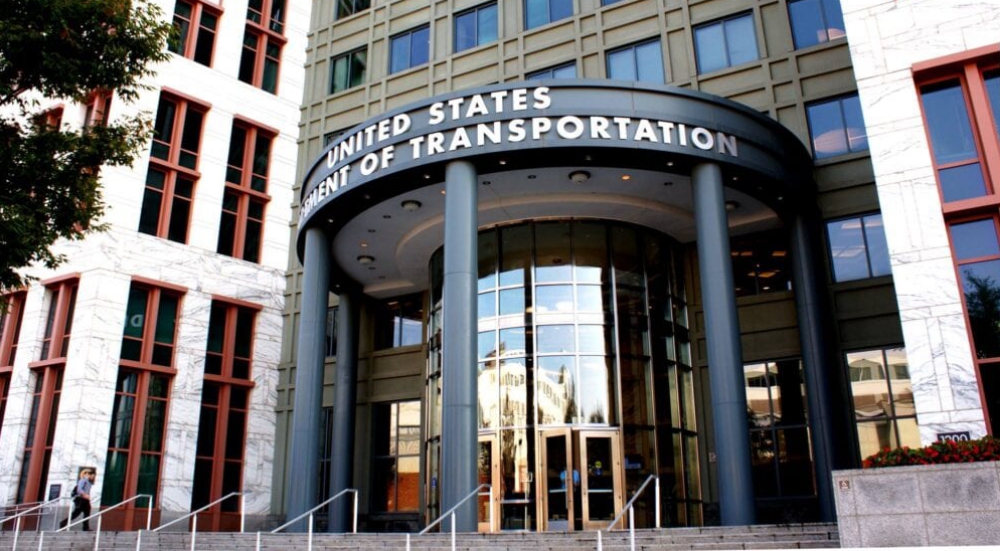The Federal Aviation Administration (FAA) is requesting a budget increase for fiscal year (FY) 2022 as it seeks to update its air traffic control system, make investments in safety and next-generation systems, and address the impact of aviation on climate change.
The budget request was released on May 28 and totals $18.5 billion, a 2.7 percent increase from FY 2021, with $11.4 billion for safety operations including $17.4 million for aviation safety oversight, $1 billion to update FAA facilities including the air traffic control system, and $88.5 million to reduce the impact of climate change including a new aviation climate research program.
Unmanned Aircraft System (UAS) investments
The FAA is requesting a total of over $100 million in funding for UAS research, development and integration.
“As the pace of UAS integration accelerates and the number of users increases, FAA resources constrain our ability to review and grant airspace access requests, proactively respond to external stakeholder concerns, and implement the security requirements from the 2018 FAA Reauthorization Act,” the document states. “To address these critical rulemaking efforts such as Remote Identification, the FAA is requesting an increase to enhance our analysis of data collected from all FAA partnerships, which is needed to ensure the safe and successful integration of UAS.”
The request includes $23.1 million and 46 full-time permanent (FTP) and 23 full-time equivalent (FTE) employees to be divided between Aviation Safety (AVS), Security and Hazardous Materials Safety (ASH), and Air Traffic Organization (ATO). This funding will help to manage the implementation of rules, legislation, and policy like Remote ID and UAS traffic Management, improve outreach and support to UAS stakeholders, and expand partnerships with state, local, and tribal governments.
The FAA is requesting $31.3 million for UAS implementation which includes $2.9 million for an FAA Drone Zone. The FAA Drone Zone is a cloud-based information technology platform that includes a UAS registration system, Part 107 authorizations and optional waivers, and UAS accident reporting.
As part of the FAA’s NextGen budget request, the agency wants $24 million for UAS concept validation and requirements development, UAS flight information management, and urban air mobility.
“These projects will allow integration of UAS operations into the national airspace system without impact to manned aircraft operations or creating disruptions or delays,” the request states. “The program will identify industry’s innovation work that can be leveraged in public-private partnerships. These projects support expanded operational opportunities while ensuring that national airspace operations will continue to remain as safe as they are today.”
These projects will tackle issues like beyond visual line of sight (BVLOS) flights, airborne collision avoidance systems, developing a concept of operations for integrated UAS traffic management and air traffic management operations, and creating a flight information management system prototype for UAS traffic management operations.
In FY 2022, $4 million in funding is also requested for urban air mobility operations like airspace designs, rules, and procedures.
The FAA also wants over $22 million for a UAS research program to study UAS in the national airspace and develop regulatory standards. This research would develop and validate detect and avoid systems, command and control link performance, and pilot and visual observer training and qualifications.
“This research program focuses on the technical and regulatory challenges the FAA must overcome to safely integrate these new concepts and technologies into the NAS. Integrating UAS potentially affects the entire NAS due to various sizes of UAS, a wide range of maximum takeoff weights, large performance disparities compared to existing certificated aircraft, and varying capabilities to operate in all classes of airspace,” the document states.
The 629-page document can be accessed here.
Source: Aviation Today

